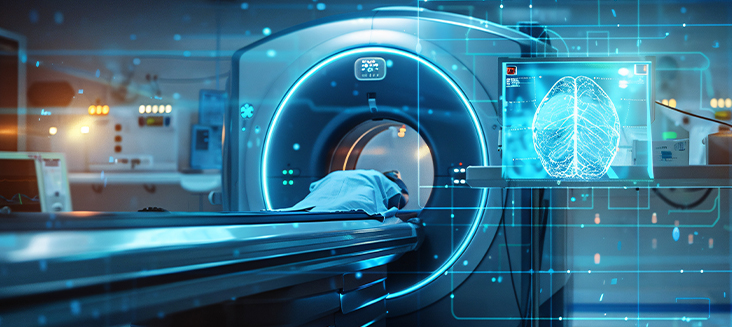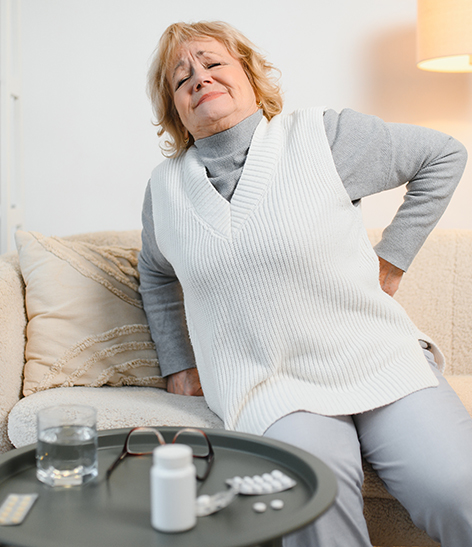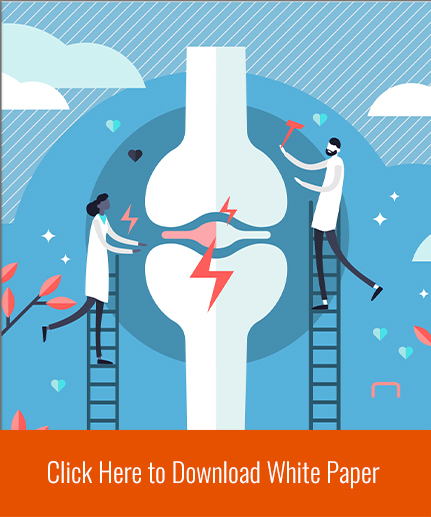Free Case Evaluation

Medical Resources for People with CRPS
Basic CRPS information to help newly diagnosed patients and their families
For those diagnosed with CRPS, getting care and credible medical information can be a challenge. It’s vital to have a medical team that is qualified to provide care, advice and treatment recommendations. For those experiencing this condition and their families, however, it’s also important to find resources to educate themselves. We’ve compiled some useful information on our site to help get you started.
According to the Mayo Clinic, CRPS is a rare but debilitating chronic pain condition that can follow injuries, surgeries, or sometimes appear without a clear trigger. Unfortunately, patients often face misdiagnosis, stigma, and delayed care–all of which create severe hardships and put individuals’ mental health and emotional well-being at risk. Reading about the condition can help you become a more informed self-advocate and better understand your medical and legal options.
Free Case Evaluation
Understanding CRPS
CRPS is a condition that causes a person to experience pain, in most cases, following a serious injury. The pain related to CRPS is often disproportionate to the original injury–meaning it hurts worse than the initial harm.
According to some estimates, CRPS impacts between 5 and 26 people per 100,000 annually. There are some sources that cite around 50,000 new U.S. cases each year. CRPS seems to appear more often in women, with the average age of onset between 50 and 70. However, children and teens can also develop CRPS.
Symptoms of CRPS
The hallmark symptoms of CRPS include persistent burning, stabbing, or throbbing pain that doesn’t improve as expected after healing. Some other signs include:
- Sensory symptoms: Allodynia (pain from normally non-painful touch, such as clothing or a breeze) and hyperalgesia (an exaggerated pain response to painful stimuli).
- Vasomotor symptoms: Limb temperature differences greater than 1°C and color shifts (red, purple, or pale) are some of the signs doctors look for when diagnosing CRPS.
- Sudomotor/edema symptoms: Patients may experience swelling or asymmetry in sweating.
- Motor/trophic symptoms: Tremors, weakness, stiff joints, and skin/hair/nail changes are all possible.
Early presentations might be described as “warm” versus later ones, which feel “cold.”
Symptoms of CRPS can vary. Patients should speak to their doctor to determine whether there is another possible cause of their pain and other symptoms.
Diagnosing CRPS
There is no single test that can confirm or eliminate a CRPS diagnosis. Patients can get a formal clinical diagnosis based on specific criteria. Doctors use something called the Budapest Criteria, which includes the presence of:
- Ongoing pain disproportionate to any injury.
- Patient reports one or more symptoms in four categories (sensory, vasomotor, sudomotor/edema, motor/trophic).
- Upon examination, a clinician must observe one or more signs in at least two categories.
- There must be no better or clearer-cut diagnosis that explains the symptoms.
While there isn’t a blood or radiology test to definitively identify CRPS, there are tests that may help rule out other conditions that tend to mimic it. There is also some evidence that advanced imaging, such as MR neurography, can reveal nerve scarring or compression in select patients.
Causes & risk factors of CRPS
Families often wonder what causes CRPS. Researchers have identified certain triggers. In about 40% of cases, the injury that leads to CRPS is a fracture. Sprains, surgeries, immobilization, blunt trauma, and needle sticks are other possible causes. Sometimes, there is no injury that precedes the condition.
Some possible mechanisms for CRPS include inflammatory cascades, peripheral/small-fiber nerve injuries, sympathetic nervous system overactivations, and central brain processing changes.
Some of the risk factors for CRPS include:
- Being female between the ages of 50 and 70.
- Teen girls for pediatric cases.
- Severe pain or complaints that “the cast feels too tight” after injury.
- Genetic or immune components are suspected, but not proven.
Prevention tactics include early mobilization after a stroke and vitamin C supplementation after a fracture. However, the evidence regarding their success is mixed.
Treatment approaches for CRPS
When it comes to CRPS, a multidisciplinary approach is key. Medications include short-course steroids, bisphosphonates, neuropathic pain meds (gabapentin, SNRIs, TCAs), and topical lidocaine/ketamine. The results for these treatments are variable. Physical & occupational therapy focused on desensitization, graded motor imagery, mirror therapy, and functional restoration may also prove beneficial. Pain psychology, including CBT, mindfulness, stress management, and support for depression and anxiety, shows some success as well.
If those first-line treatment options for CRPS do not work, other interventions include:
- Sympathetic nerve blocks.
- Spinal cord or dorsal root ganglion (DRG) stimulation.
- Peripheral nerve stimulation.
- Ketamine infusions.
Pediatric treatment is largely the same, with an emphasis on physical and occupational therapy, as well as psychology, in interdisciplinary clinics.

Prognosis for patients with CRPS
While some patients with CRPS fully recover, others stabilize, and a few continue to experience long-term symptoms. There are better outcomes for those who receive a diagnosis and treatment early. The “warm” type of CRPS also tends to have better outcomes as compared to the chronic “cold” type. Upper limbs seem to be worse than CRPS in the lower extremities.
In the case of pediatric patients, early, aggressive rehabilitation can often lead to improvements. There is a high risk of depression and suicide in CRPS populations, which is a concern that patients and families should be aware of.
Support & resources for CRPS patients
Groups like RSDSA, which is a national nonprofit, hold conferences, foster community connections, research CRPS and advocate for patients. There are also pediatric programs, for instance, the Children’s Health Pain Management Center, interdisciplinary teams that provide PT, psychology, neurology, and anesthesiology.
Some patients may wish to take part in clinical trials and ongoing studies of bisphosphonates, neuromodulation, immunotherapies, and ketamine. Patients can search ClinicalTrials.gov (NIH) for current studies on CRPS.
Basic CRPS medical glossary
If you or a loved one has only just been diagnosed with CRPS, you might need a quick primer on the medical terminology commonly used in relation to the condition. Here are a few of the terms you might hear:
- Allodynia: Pain from something that shouldn’t hurt (contact with clothing or a breeze).
- Hyperalgesia: Heightened pain from normally painful stimuli (such as a pinprick).
- Dysautonomia: Dysfunction of the autonomic nervous system, causing abnormal sweating, temperature, or blood flow.
- Trophic changes: Visible changes to skin, hair, or nails in the affected area.
- DRG stimulation: A neuromodulation therapy targeting dorsal root ganglia near the spinal cord to block pain signals.
Contact us for more information
At the CRPS Law Firm, we provide fierce legal representation for those experiencing this condition. However, we also want to provide resources and support for families facing CRPS and all of the complicated issues that surround a diagnosis. Please contact us if you believe that your CRPS is the result of someone else’s negligence. We’re prepared to answer your questions and to help you understand your options.

